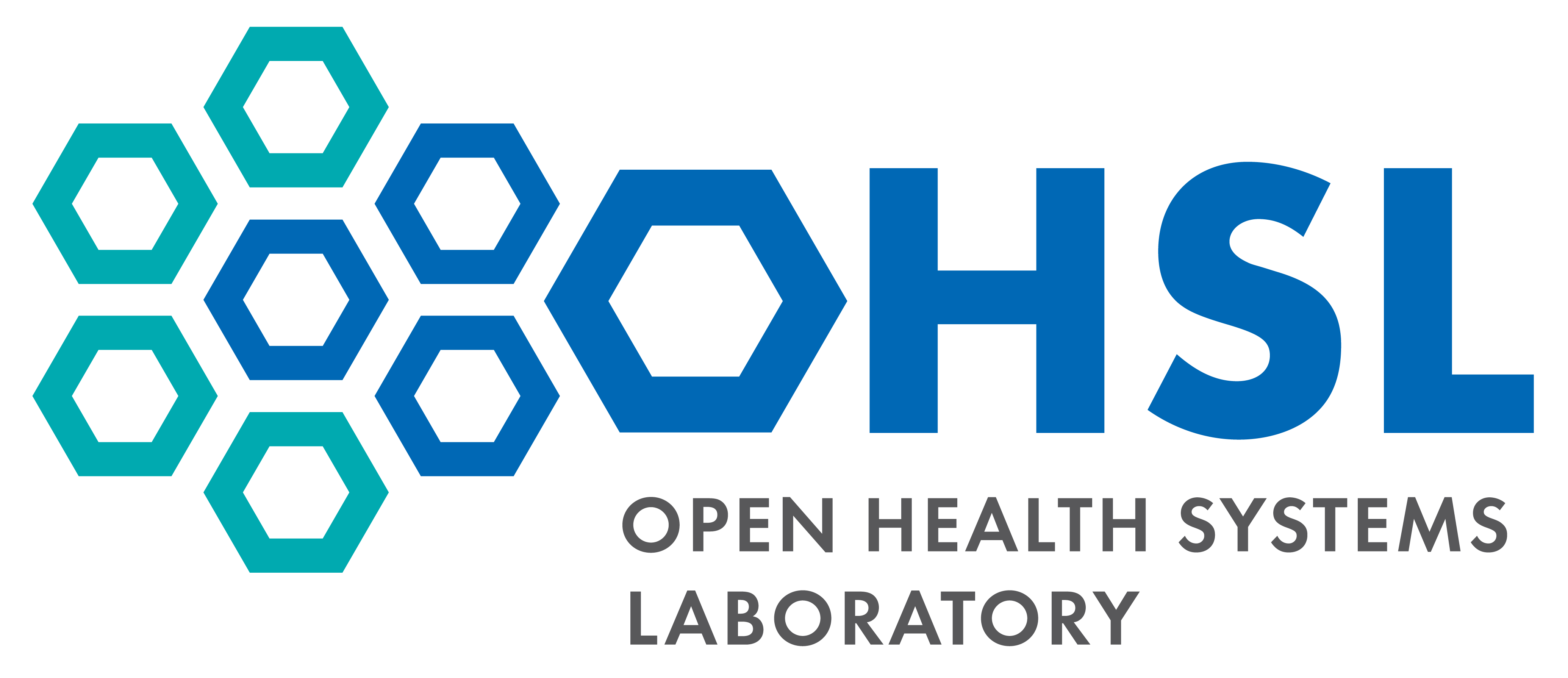
What's the project about?
The project is about the design and development of digital twin technology, which is a digital model of a physical object, system, or process that uses simulations, machine learning, reasoning, and IoT technologies to capture, monitor, decide upon, or forecast the behavior of its physical counterpart in real-time. The report discusses the potential benefits of digital twins in various sectors, as well as the challenges and barriers associated with their adoption.
What's the goal of the project?
The goal of this project is to provide insights into the design and development of digital twin technology, its potential benefits in various sectors, and the challenges and barriers associated with its adoption. The report aims to help stakeholders more successfully adopt digital twin technology, maximizing its potential to promote innovation, efficiency, and sustainability in their fields.
What's the outcome expected?
The expected outcome by understanding the underlying ideas, market dynamics, and real-world use cases of digital twin technology, stakeholders can create a future in which virtual replicas optimize and enhance our physical reality. It highlights the importance of real-time data integration and high-resolution models for creating accurate and dynamic representations of physical phenomena. The report also discusses the potential benefits of digital twins in various sectors, such as manufacturing, healthcare, and transportation. Additionally, the report identifies several challenges and barriers associated with the adoption of digital twin technology, including cost implications, standardization, interoperability, and data privacy and security.
Plan of Action (summary)
The project provides a comprehensive investigation of digital twin technology, emphasizing its contribution to transforming industries and improving practical applications. The report covers various aspects of digital twin technology, including its design and development, data collection, modeling, and labeling, as well as a market analysis that focuses on current trends, future growth potential, and regional insights in the digital twin sector. The report also discusses the competitive environment, highlighting significant actors and their contributions to the development of digital twin technology. By understanding the underlying ideas, market dynamics, and real-world use cases of digital twin technology, stakeholders can create a future in which virtual replicas optimize and enhance our physical reality.
